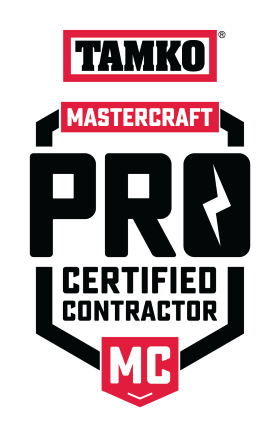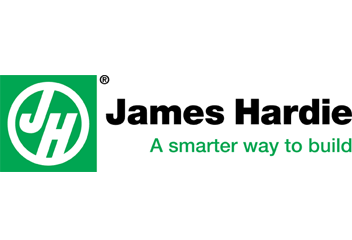With Hurricane Matthew recently flooding Florida and throwing storms as far north as Pittsburgh, you might have been nervously checking your basement for signs of water throughout the weekend. If you live in a newer home and know that your foundation waterproofing was done recently and correctly, you have nothing to worry about. You might be wondering how foundation waterproofing is done, though. What are the tools and methods used to keep your basement dry and sound?
Sealant
Sealants used for foundation waterproofing are liquid membranes that adhere to the concrete foundation and are either sprayed or rolled on. Left to dry, the sealant turns into a rubbery coating. Most waterproofing sealants are asphalt-emulsion products, meaning it is liquid asphalt cement emulsified in water. Waterproof membranes like Tremco’s Watchdog H3 are polymer-enhance asphalt, which gives it minimal runoff and helps it adhere to concrete exceptionally well.
DrainStar Stripdrain
The DrainStar Stripdrain system is made to be used with foundation waterproofing to ensure there’s no water entering your home. The Stripdrain is placed along the bottom of your home’s foundation and works to route groundwater away from the house instead of sitting and seeping through the foundation. Stripdrain replaces traditional drain tile and gravel systems, which not only lowers installation costs but removes the chance of damage from dumping stones.
Contact Topper Construction Today!
If you’re interested in having a roof system or siding installed in your home, or would like a free estimate, contact Topper Construction. With Topper Construction, you’ll see the benefit of nearly three decades of experience. Contact Topper Construction at 301-874-0220 or email us at info@topperconstruction.com if you are interested in learning more. We can help you with projects in Delaware, Maryland, Pennsylvania, West Virginia, and Northern Virginia.






